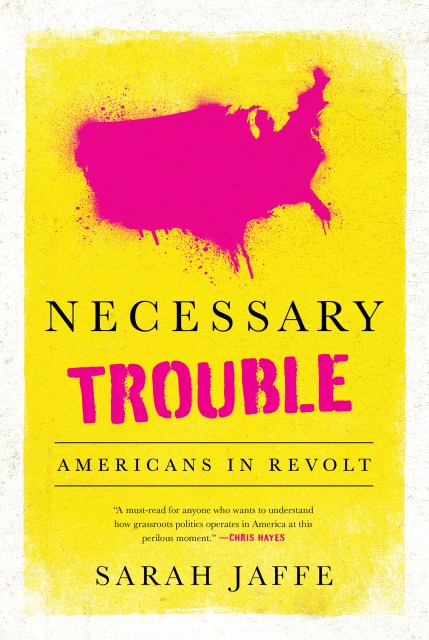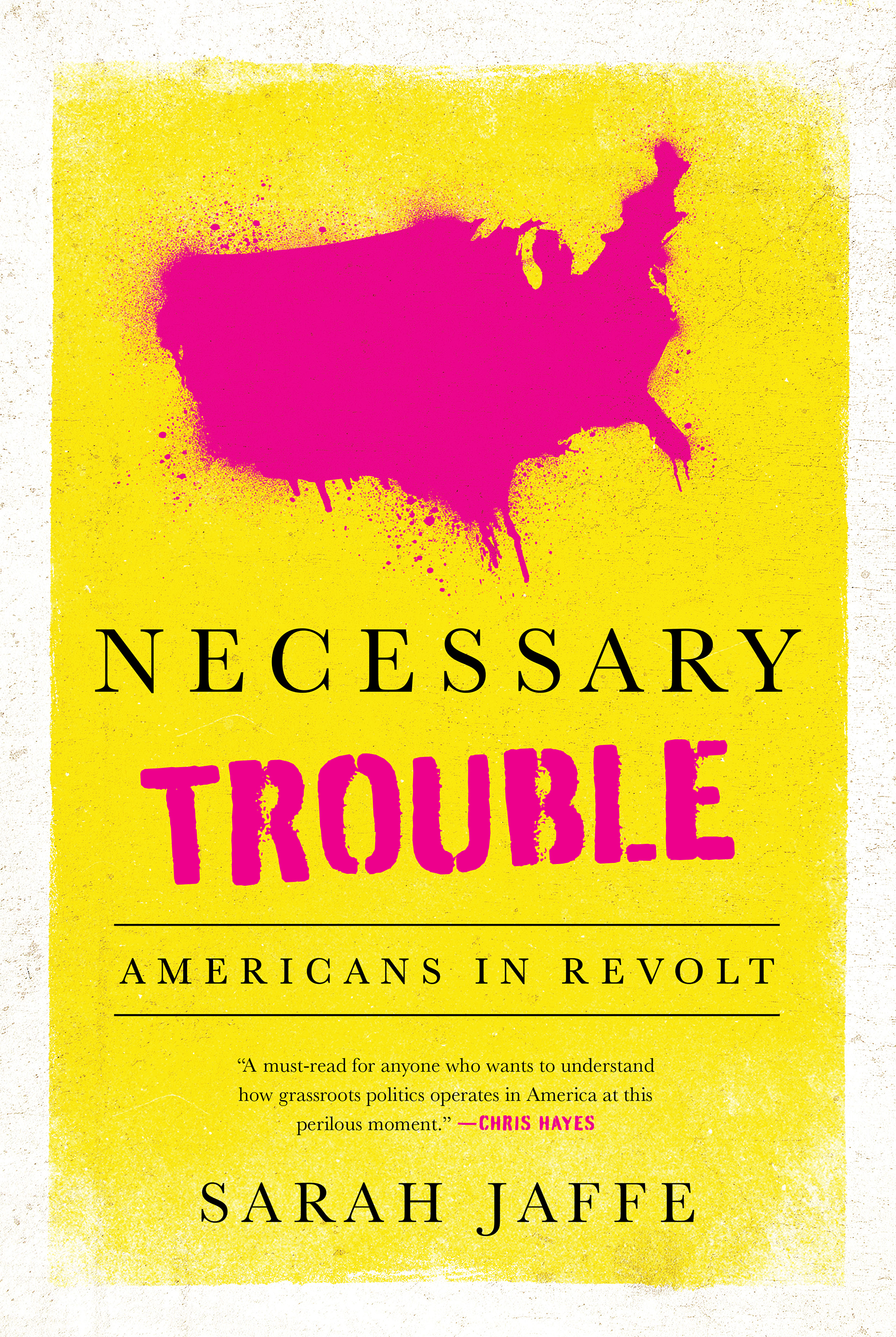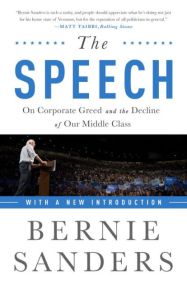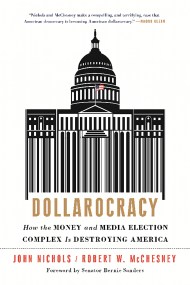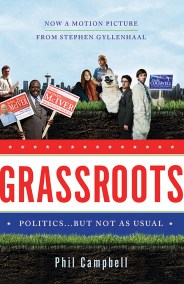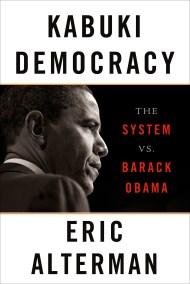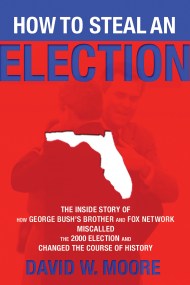Promotion
Use code MOM24 for 20% off site wide + free shipping over $45
Necessary Trouble
Americans in Revolt
Contributors
By Sarah Jaffe
Formats and Prices
Price
$11.99Price
$15.99 CADFormat
Format:
- ebook $11.99 $15.99 CAD
- Trade Paperback $16.99 $22.49 CAD
This item is a preorder. Your payment method will be charged immediately, and the product is expected to ship on or around August 23, 2016. This date is subject to change due to shipping delays beyond our control.
Also available from:
Sarah Jaffe leads readers into the heart of these movements, explaining what has made ordinary Americans become activists. As Jaffe argues, the financial crisis in 2008 was the spark, the moment that crystallized that something was wrong. For years, Jaffe crisscrossed the country, asking people what they were angry about, and what they were doing to take power back. She attended a people’s assembly in a church gymnasium in Ferguson, Missouri; walked a picket line at an Atlanta Burger King; rode a bus from New York to Ohio with student organizers; and went door-to-door in Queens days after Hurricane Sandy.
From the successful fight for a 15 minimum wage in Seattle and New York to the halting of Shell’s Arctic drilling program, Americans are discovering the effectiveness of making good, necessary trouble. Regardless of political alignment, they are boldly challenging who wields power in this country.
Genre:
- On Sale
- Aug 23, 2016
- Page Count
- 352 pages
- Publisher
- Bold Type Books
- ISBN-13
- 9781568585376
Newsletter Signup
By clicking ‘Sign Up,’ I acknowledge that I have read and agree to Hachette Book Group’s Privacy Policy and Terms of Use
